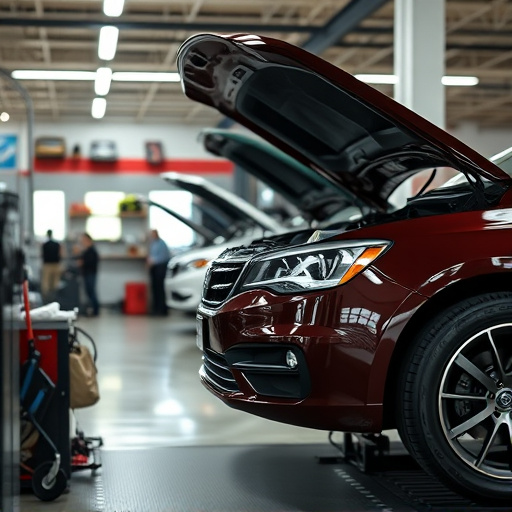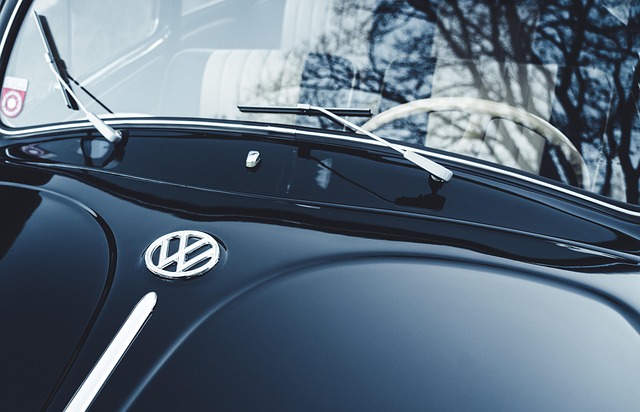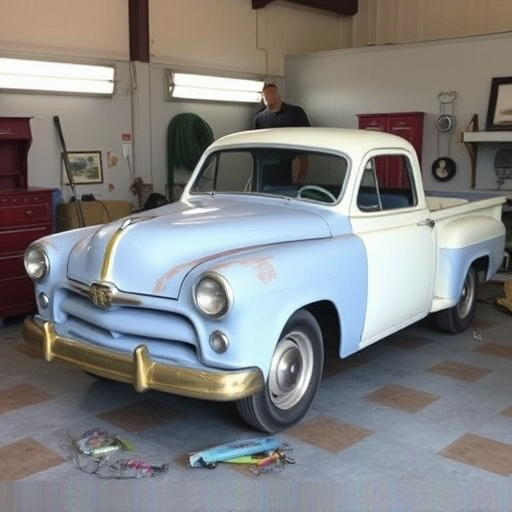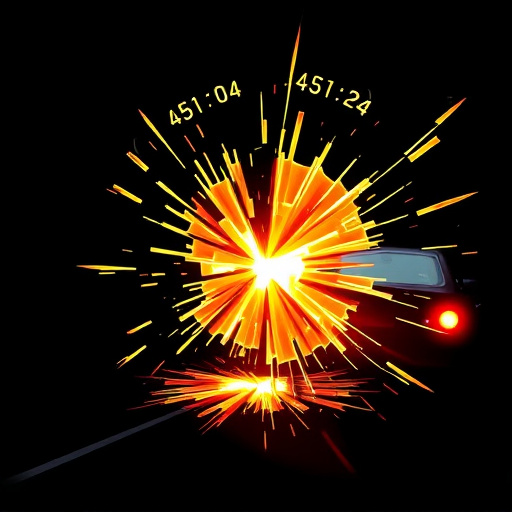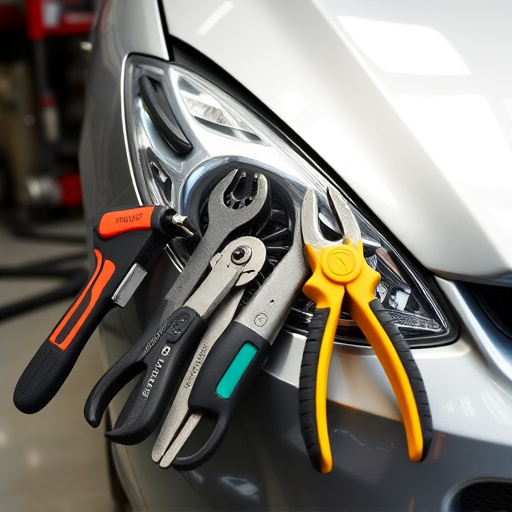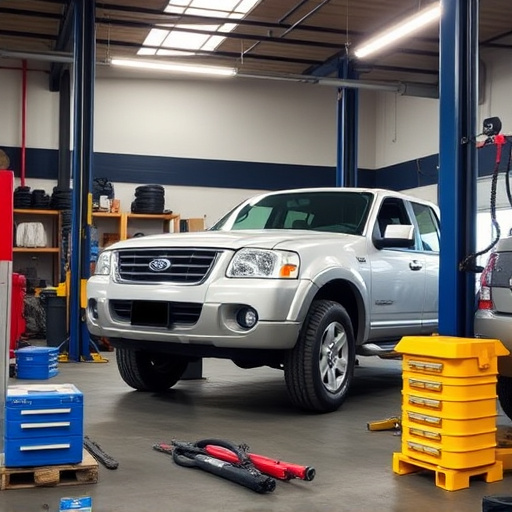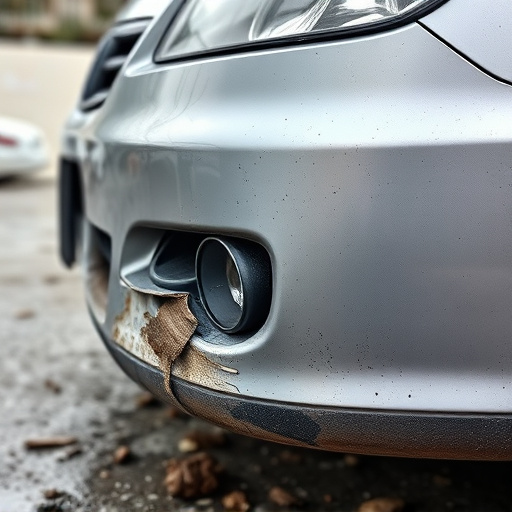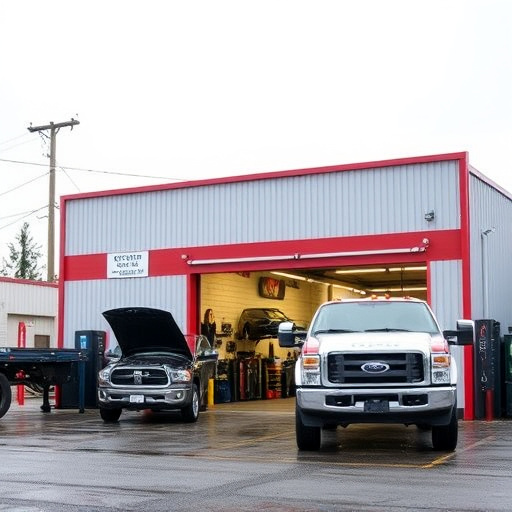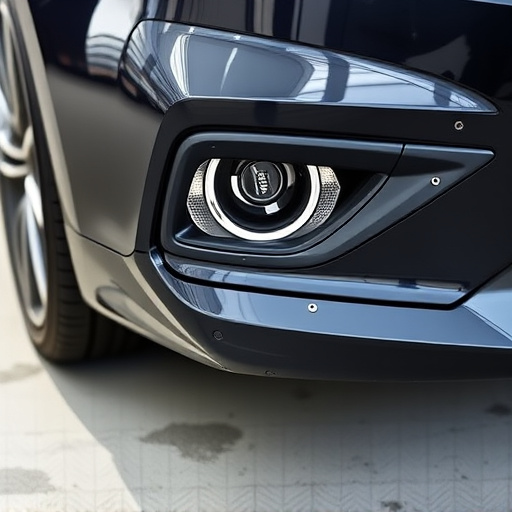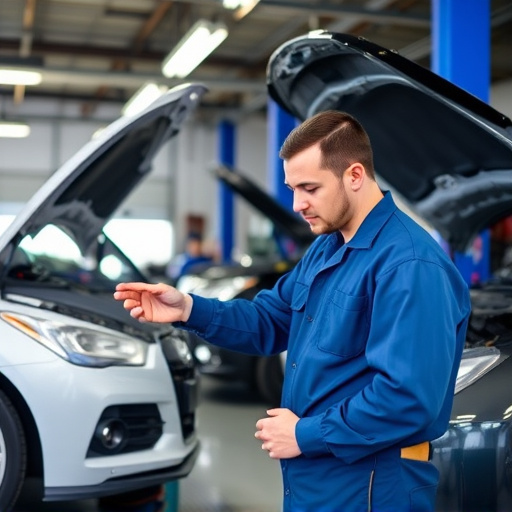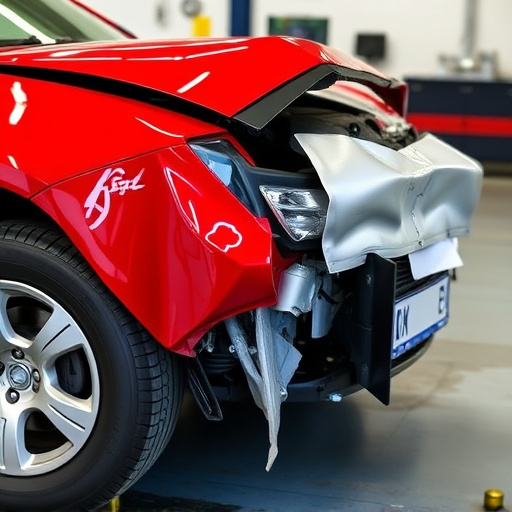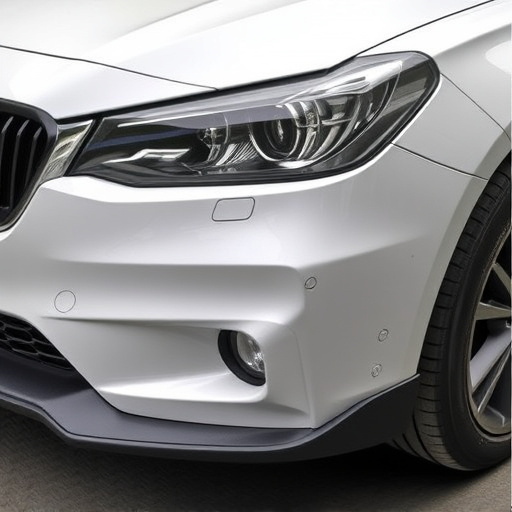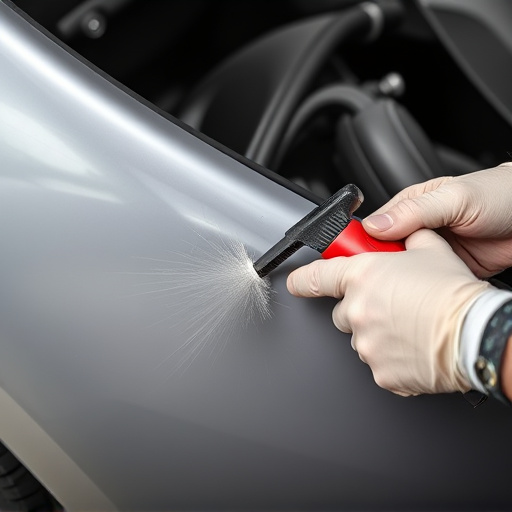A smooth, durable water-based paint finish requires thorough surface preparation. This includes removing debris, grease, and previous paint issues through cleaning, sanding, or professional techniques for severe damage. Meticulous substrate prep using degreasing, sandblasting, and priming ensures optimal adhesion, enhancing the quality of collision repair.
In the realm of water-based paint collision repair, proper surface preparation is paramount for achieving flawless results. This comprehensive guide delves into best practices designed to ensure optimal adhesion and long-lasting finishes. From meticulously evaluating surface conditions before application to employing effective degreasing and cleaning techniques, we explore every step crucial for preparing substrates. By mastering these methods, folks navigating water-based paint collision repair can revolutionize their craft.
- Evaluating Surface Conditions Before Application
- Techniques for Effective Degreasing and Cleaning
- Preparing Substrates for Optimal Paint Adhesion
Evaluating Surface Conditions Before Application

Before applying water-based paint in any auto body repair or car bodywork scenario, it’s crucial to thoroughly evaluate the surface conditions. This step is paramount in achieving a smooth and durable finish with water-based paint collision repair. Inspecting the damaged area for debris, dust, oil, or previous paint failures is essential. These contaminants can hinder adhesion and lead to premature peeling or flaking of the new paint layer.
In car scratch repair cases, the surface might require sandblasting or light sanding to remove minor imperfections and ensure a clean canvas. For more extensive damage, such as dents or larger scratches, professional auto body repair techniques like metal straightening or specialized filling compounds may be necessary to bring the car bodywork back to its optimal condition before applying water-based paint.
Techniques for Effective Degreasing and Cleaning

When preparing a surface for water-based paint collision repair, effective degreasing and cleaning are paramount. Start by removing any visible grease, oil, or grime with specialized automotive cleaning solutions. These products are designed to cut through tough stains without damaging the underlying material, ensuring a clean canvas for the restoration process.
Use a combination of hot water, mild detergents, and abrasive scrubbers to thoroughly clean the affected area. For tougher residues, consider using degreasing solvents or steam cleaners, which can penetrate and dissolve even the most ingrained contaminants. Remember, a clean surface is crucial for achieving a professional finish in the auto body shop or collision center, ultimately enhancing the quality of automotive repair services provided.
Preparing Substrates for Optimal Paint Adhesion

Preparing substrates for optimal paint adhesion is a critical step in any water-based paint collision repair process. In an auto body shop, ensuring surfaces are clean, smooth, and free from contaminants is paramount. This includes removing any rust, grease, or debris that could impede the bonding of the new paint with the existing substrate. A meticulous approach to surface preparation, involving processes like sandblasting, degreasing, and priming, creates a solid foundation for long-lasting results in vehicle collision repair.
For car damage repair, especially in bustling auto body shops, following best practices ensures that the final coat of water-based paint adheres perfectly. This meticulousness not only enhances the aesthetics but also guarantees durability. By preparing substrates correctly, technicians can achieve a seamless finish, ensuring that every patch, fill, or repair blends flawlessly with the rest of the vehicle’s body, resulting in top-notch work in every aspect of paint collision restoration.
In the realm of water-based paint collision repair, meticulous surface preparation is a game-changer. By thoroughly evaluating surface conditions, employing effective degreasing and cleaning techniques, and ensuring optimal substrate preparation, professionals can achieve superior paint adhesion and durable, vibrant results. These best practices not only enhance the aesthetics but also ensure the longevity of the repair work in today’s digital era.
